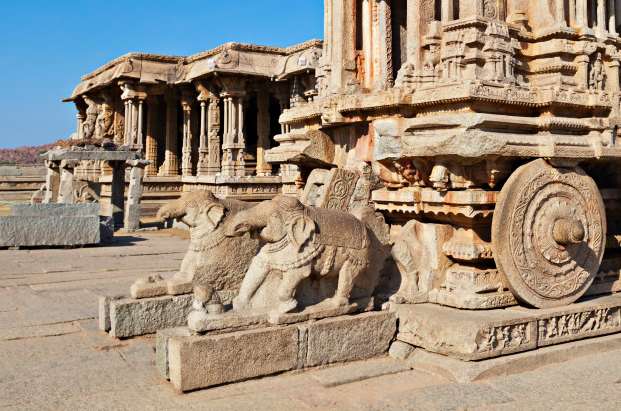
In India, the constitution is the supreme law of the land. As declared in the preamble of the constitution, India is a secular, democratic and republic nation which has created the necessary provisions to safeguard the interests of the entire population of the country.
Presence of Article 15 in the Indian Constitution
Article 15 is present in the Indian Constitution under Part III which deals with the fundamental rights of the people of India. Article 12 to 18 wholey deals with various issues relating to “Right to equity”
Fundamental Rights according to Article 15
Fundamental rights are the basic or civil liberties that are available to Indian citizens just by virtue of living in the country. The Part III covers articles 12 to 35 and all of them are dedicated to protecting the Read More





